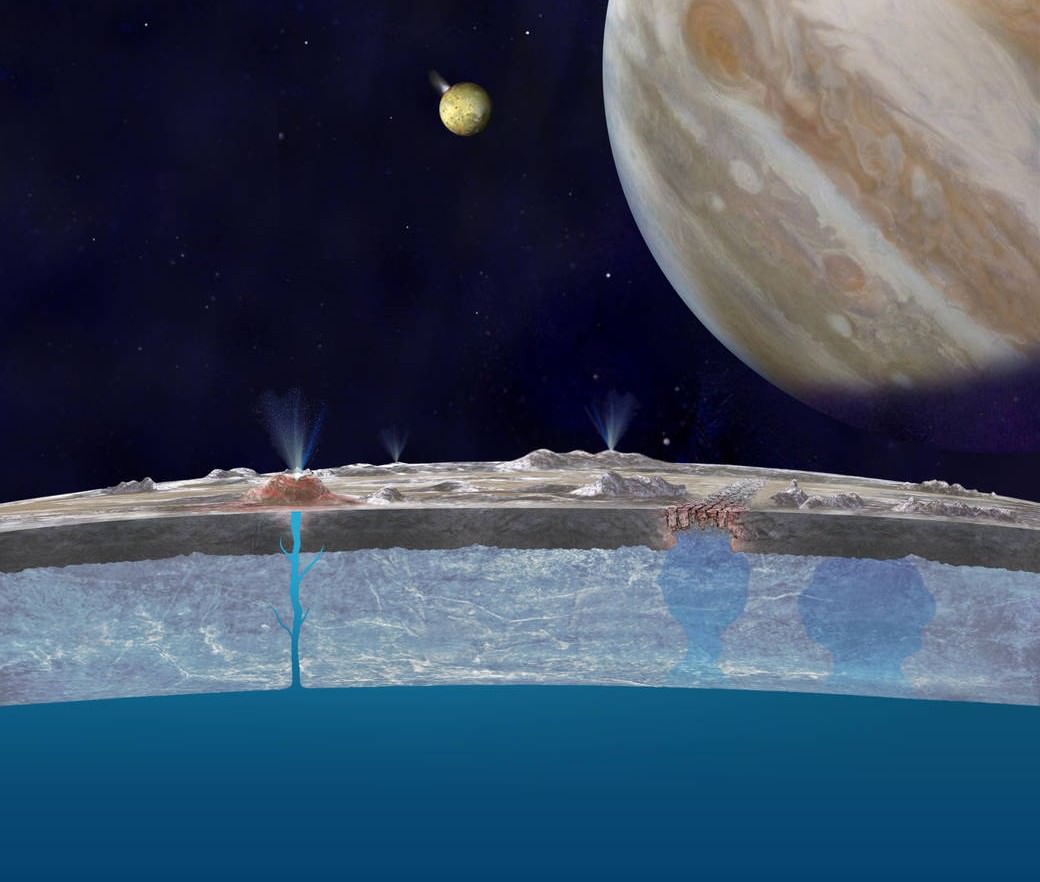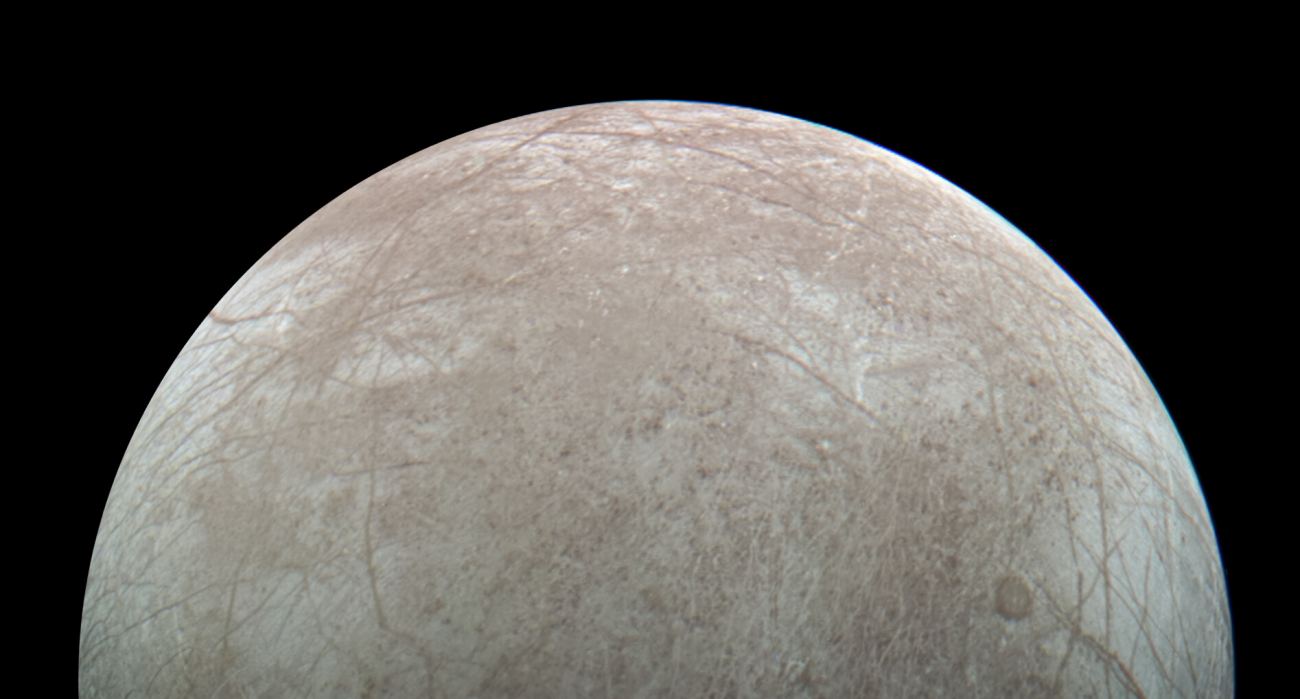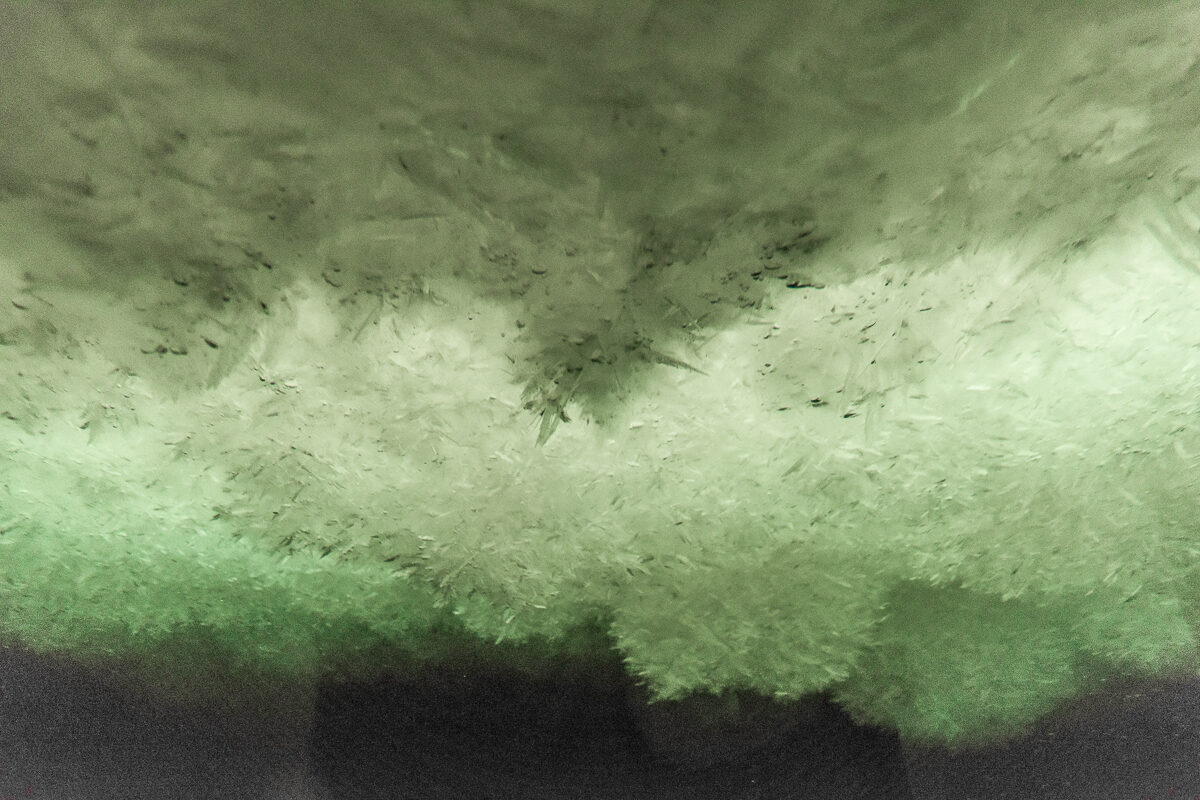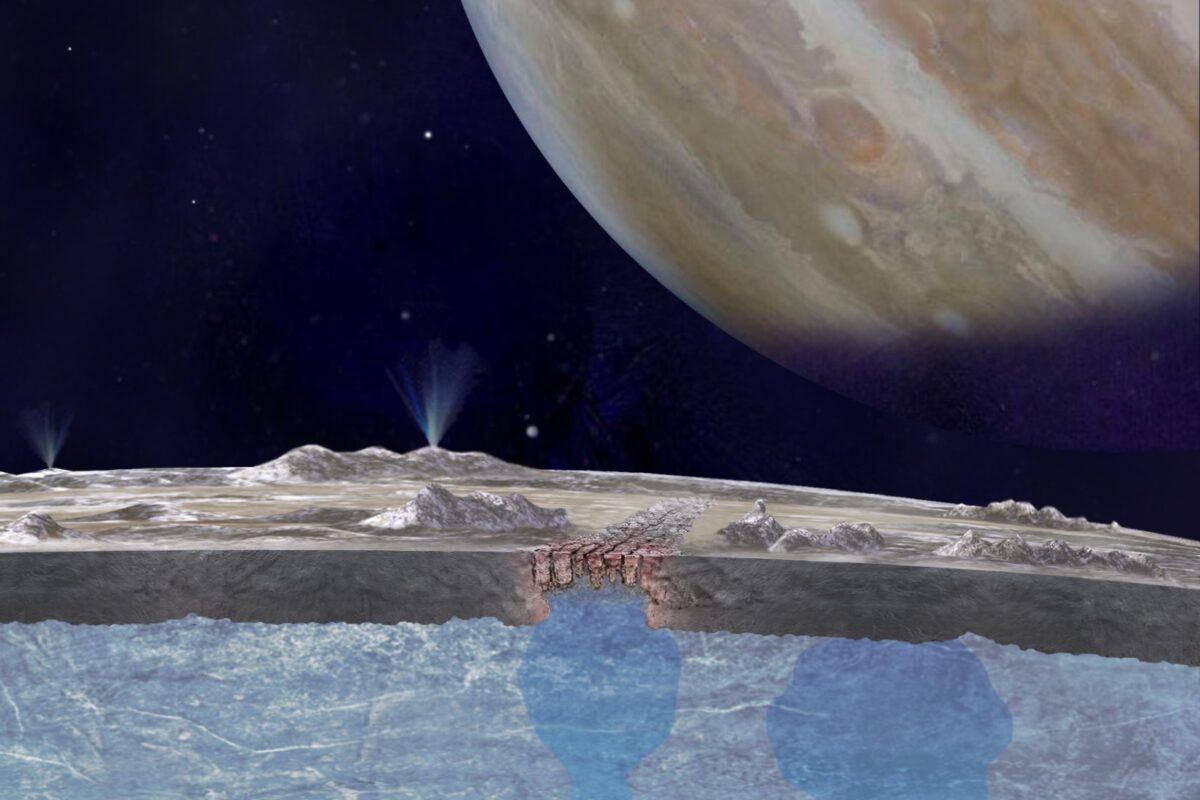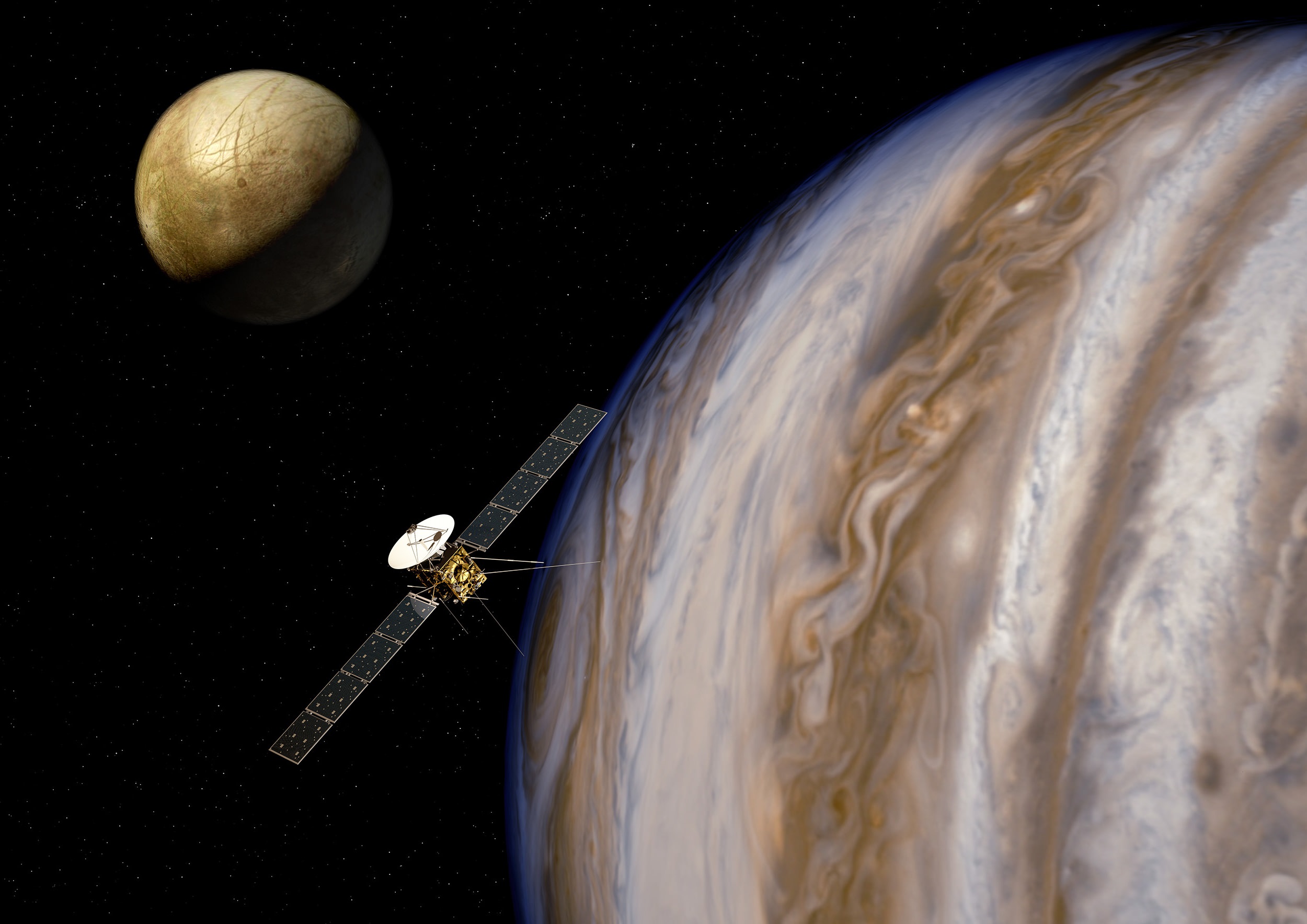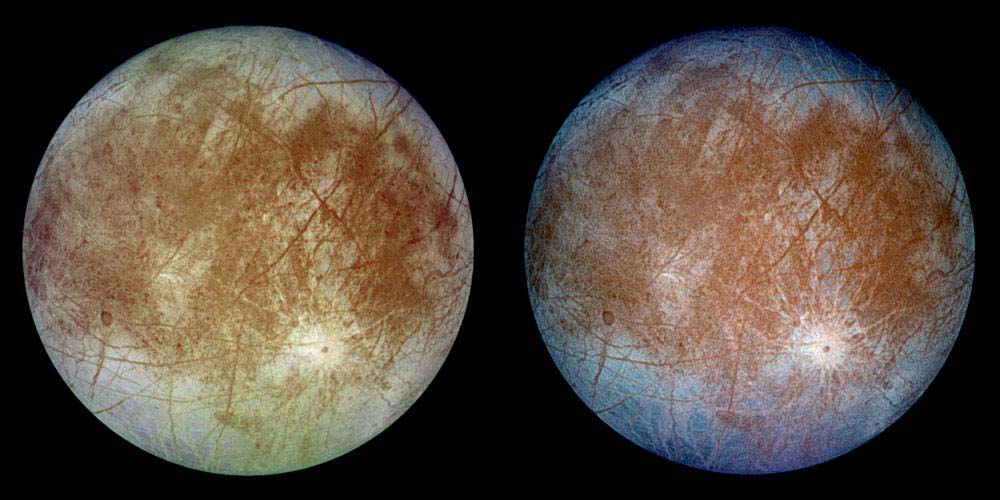Someday on Europa, there’ll be a robotic explorer diving beneath its icy surface to find volcanoes. Yes, even though it’s an ice world, Europa shows signs of internal activity. Planetary scientists think volcanic features, similar to hydrothermal vents here on Earth, exist on Europa’s ocean floor. But, how to understand them?
Continue reading “Hydrothermal Vents Under the Arctic Ice are Perfect Places to Practice Exploring Europa”Hydrothermal Vents Under the Arctic Ice are Perfect Places to Practice Exploring Europa
